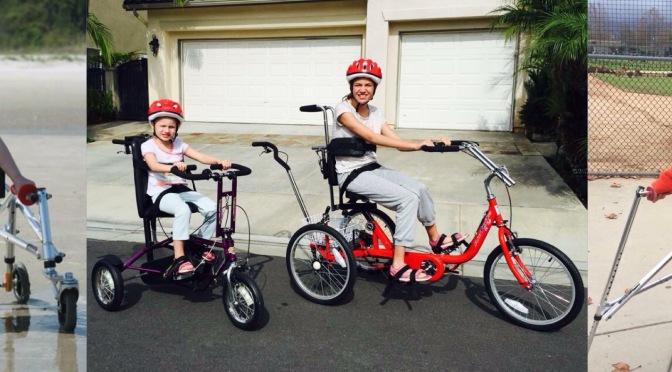Gene Name: NUBPL, acronym for Nucleotide-binding protein-like
Also Known As: Iron-sulfur protein required for NADH dehydrogenase or IND1
Location: Chromosome 14q12
Symbols: NUBPL; IND1; huInd1; C14orf127
Genetic Inheritance: Recessive
Gene Function: It is an iron-sulfur (Fe/S) protein that, in humans, is encoded by the NUBPL gene. It that has an early role in the assembly of the mitochondrial complex I assembly pathway.
Mutations in the NUBPL gene may cause a rare form of mitochondrial complex I disorder.
Typical clinical signs and symptoms:
- Age of onset 1-2 years old
- Developmental delay: Some patients
- Delay: Motor; Unable to walk
- Speech: Abnormal (Dysarthria)
- Eyes: Strabismus; Nystagmus
- Ataxia: Trunk & Limbs
- Contractures
- Spasticity
- Cognitive: Normal or Reduced
- Myopathy
- Other organs: Normal
- Course: Progressive, continuous or episodic
Laboratory signs:
- MRI: Leukoencephalopathy with abnormal:
- Cerebellar cortex: Progressive
- Cerebral white matter, deep: May resolve
- Corpus callosum: May resolve
*Although these are characteristic MRI findings, there are others including abnormalities in the grey matter of the cerebellum, as is discussed in Hope for Katherine Belle.
- Lactate: Serum normal or high; CSF normal or high
- NUBPL protein: Reduced
- Muscle biopsy
- Histology: Ragged red fibers; No COX- fibers
Biochemistry: Complex I deficiency
Overview of NUBPL Mutations
GeneDx (USA): c.166G>A (maternal); c.815-27T>A (maternal); and c.693+1G>A (paternal)
Ambry 1 & 2 (USA): c.311T>C (maternal); p.L104P (maternal); and c.815-27T>C (paternal)
Kevelam 1 (Arg.): c.166G>A (unknown); and c.815-27T>C (unknown) (older results)
Kevelam 2 (Ger.): c.166G>A (paternal); c.815-27T>C (paternal); and c.667_668insCCTTGTGCTG (maternal)
Kevelam 3&4 (Can.): c.166G>A (paternal); c.815-27T>C (paternal); and c.313G>T (maternal)
Kevelam 5 (USA): c.166G>A (paternal); c.815-27T>A (paternal); and c.693+1G>A (maternal)
Kevelam 6 (Neth.): c.166G>A (maternal); c.815-27T>C (maternal); and c.579A>C (paternal)
Kevelam 7 (Australia): c.166G>A (paternal); c.815-27T>C (paternal); 240-kb deletion (maternal); and 137-kb duplication (maternal)
Research
Sheftel, A. “Human Ind1, an Iron-Sulfur Cluster Assembly Factor for Respiratory Complex I”. Mcb.asm.org. Retrieved 25 April 2015
Sheftel, A. “Human ind1, an iron-sulfur cluster assembly factor for respiratory complex I”. Mol. Cell. Biol. 29 (22): 6059–6073. PMID 19752196.
Calvo, S. “High-throughput, pooled sequencing identifies mutations in NUBPL and FOXRED1 in human complex I deficiency”. PMID 20818383.
Kevelam, S. “NUBPL mutations in patients with complex I deficiency and a distinct MRI pattern”. Neurology 80 (17): 1577–1583. PMID 23553477
The more we connect with other NUBPL families, the closer we get to finding a cure. Do you have NUBPL or do you think you may? Or, are you a researcher who is interested in studying NUBPL? Please contact us. We want to hear from you. Although some families are public about their journey, we respect your desire for privacy.


